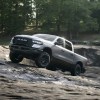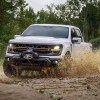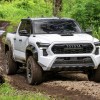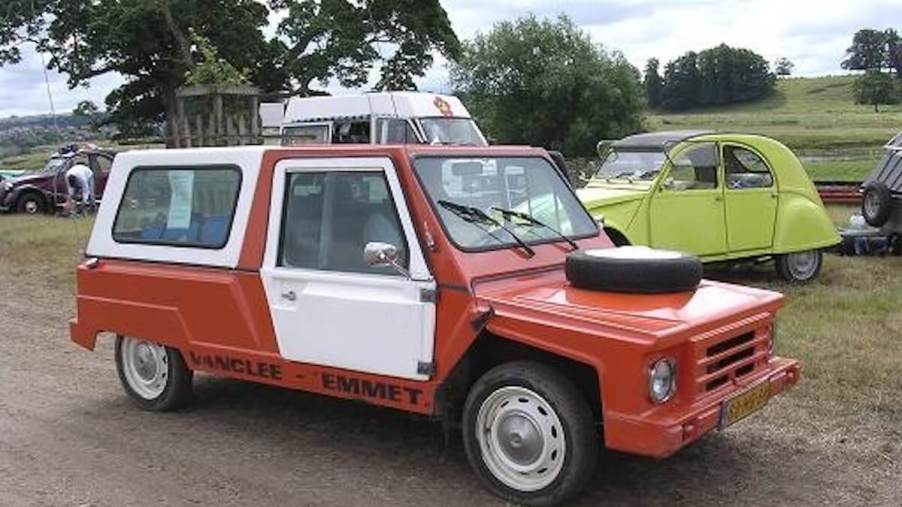
Weirdest Pickup Trucks Ever Made: VanClee Mungo and Emmet
If you haven’t heard of VanClee, we’re not surprised. It is one of the myriads of automakers that are regional, specialized, and lacking capital. But you know about Meyers Manx-type dune buggies, and the two VanClee pickup trucks were sort of along those lines. But rather than starting with a Volkswagen platform, VanClee chose a worse starting point, a Citroen 2CV chassis.
Who made VanClee trucks and why?
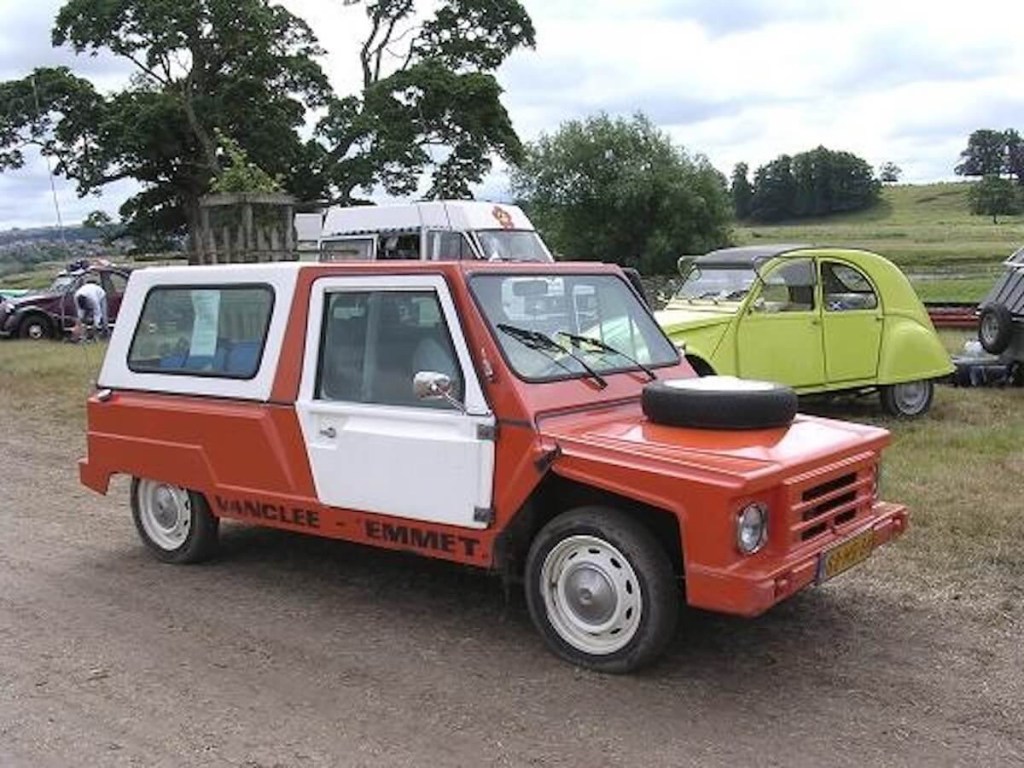
VanClee manufactured these weird (and dare we say ugly) trucks and buggies in Egem, Belgium, in the latter 1960s through 1980s, starting around the time the Manx was enjoying so much popularity. Before the Emmet, VanClee made buggies similar to the Manx. But by the latter 1970s, its focus shifted to utilitarian vehicle pursuits.
In 1978 it debuted the Emmet. The Emmet eventually led to the production of the Mungo in 1980. More on that in a bit.
The VanClee Emmet looks like a Citroen Mehari
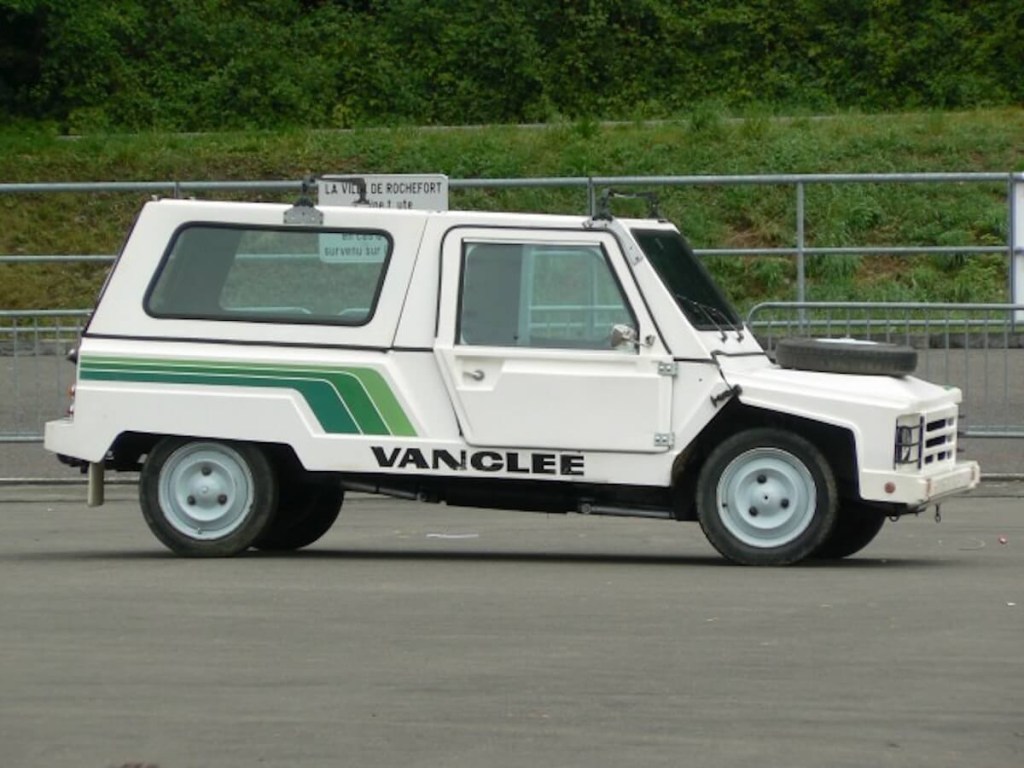
Both used fiberglass bodies adapted to a 2CV chassis. As with the original Volkswagen Beetle in the U.S., Belgium had plenty of used and wrecked 2CVs, popular for their simplicity and affordability. The VanClee pickups enjoyed certain popularity because they were cheap to create, fiberglass doesn’t rust, and parts were plentiful. There was an austerity both inside and out that owners found compelling, too.
The Emmet was a close interpretation of the Citroen Mehari, an ABS plastic-bodied fun trucklet on a 2CV chassis. But it was banned in certain countries because of that plastic body. Enter the Emmet. Offered in 1978, it espoused the same quirky looks and functional basics of a Mehari.
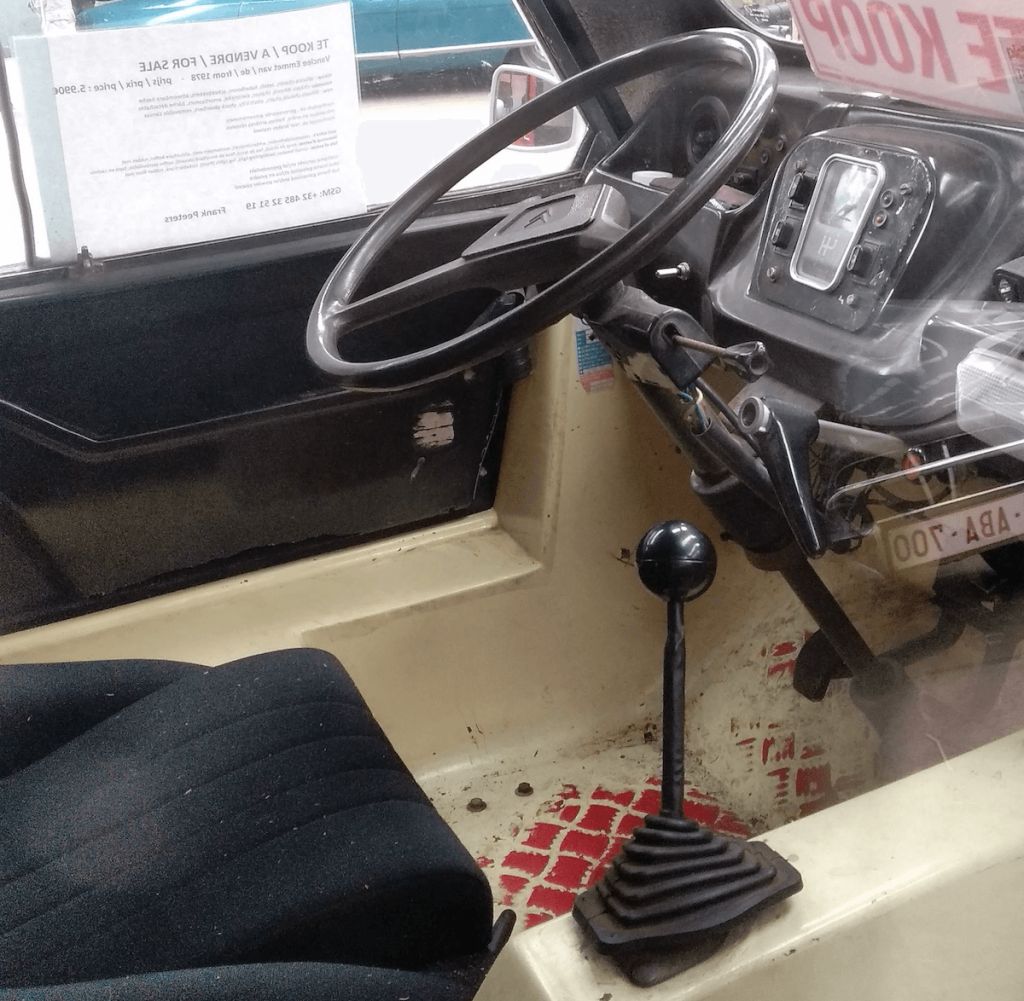
But fiberglass bodies were legal throughout Europe. Emmets were available with a closed cab and an exposed bed, but an optional cap was also popular. Power came from the standard Citroen 2CV puny twin-cylinder engine used by the 29CV. The “29” in the name refers to 29 hp.
They were hyped as a fun car that also had practical aspects, in some ways like its previous dune buggy efforts. Weighing in at 1,300 lbs, they could be flung around even powered by the anemic two-cylinder.
Where were Emmets and Mungos sold?
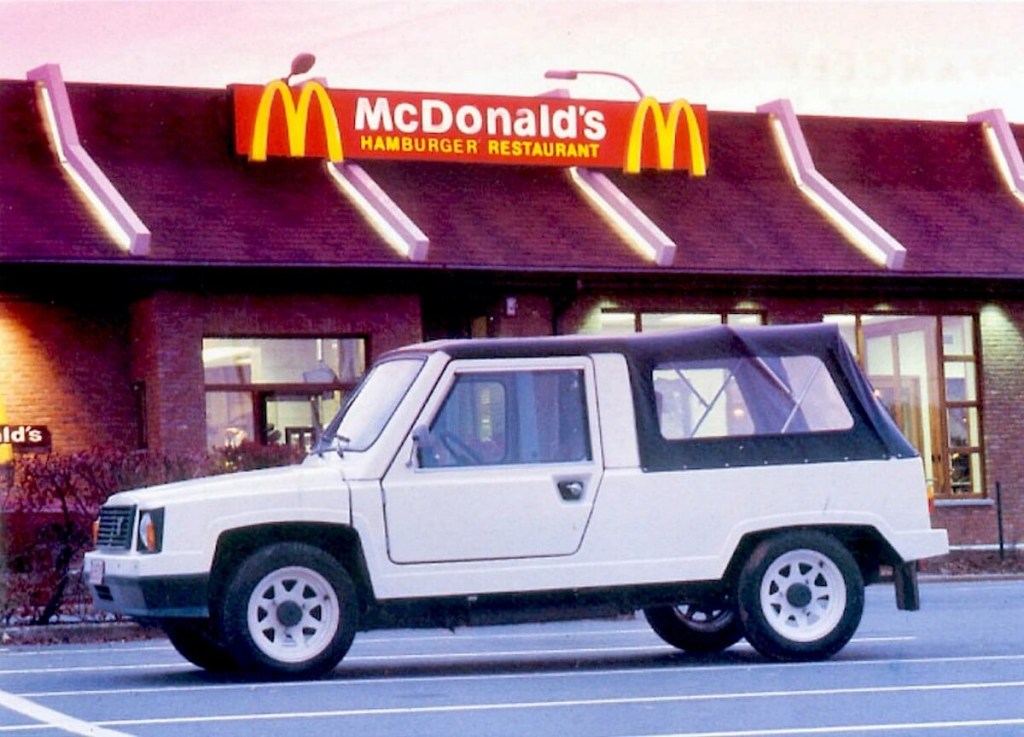
Emmets were available in Belgium, the Netherlands, Luxembourg, and Greece. Unfortunately, or fortunately, depending on how you view the Emmet, only 250 were ever made. But the end of the Emmet may have had more to do with VanClee’s new pickup, the unsavory-sounding Mungo.
While still a quirky design, it was more of a love-it-or-hate-it proposition. Some find it attractive, in a somewhat similar take as with late-1950s early-1960s Japanese pickups. While it carried forward the Emmet’s profile, the rest of the body was cleaned up, but still exhibited a quirky design.
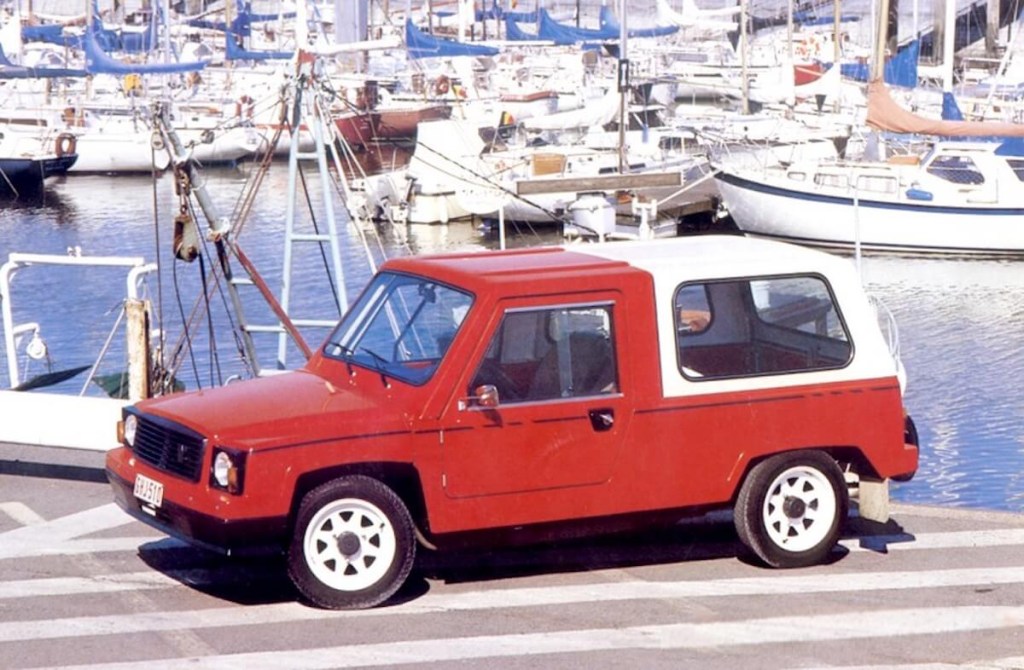
Manufactured through 1989, the Mungo found favor in Benelux countries, France, Germany, and England. So its reach was much greater than that of its predecessor. This time, VanClee borrowed other automaker’s components.
How many VanClee pickups were built?
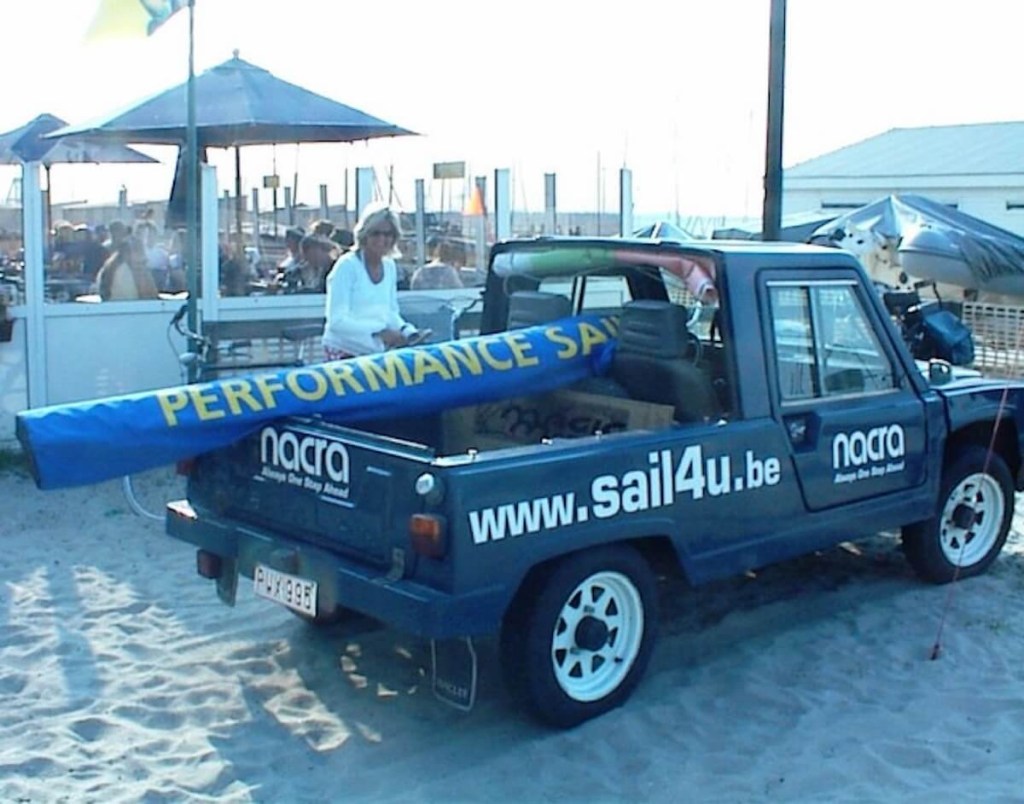
The doors came from the Citroen Visa, Citroen Dyane headlights, and other odds and ends from the Peugeot 205. In all, lautomobileancienne says that, though production figures don’t exist, only a few hundred at most Mungos was produced.
So everyone’s idea of fun, practicality, and aesthetics is different, there was obviously a market for these weird-looking trucks. It is more than doubtful if any made their way to the U.S., but if you own one, we’d like to hear from you.
